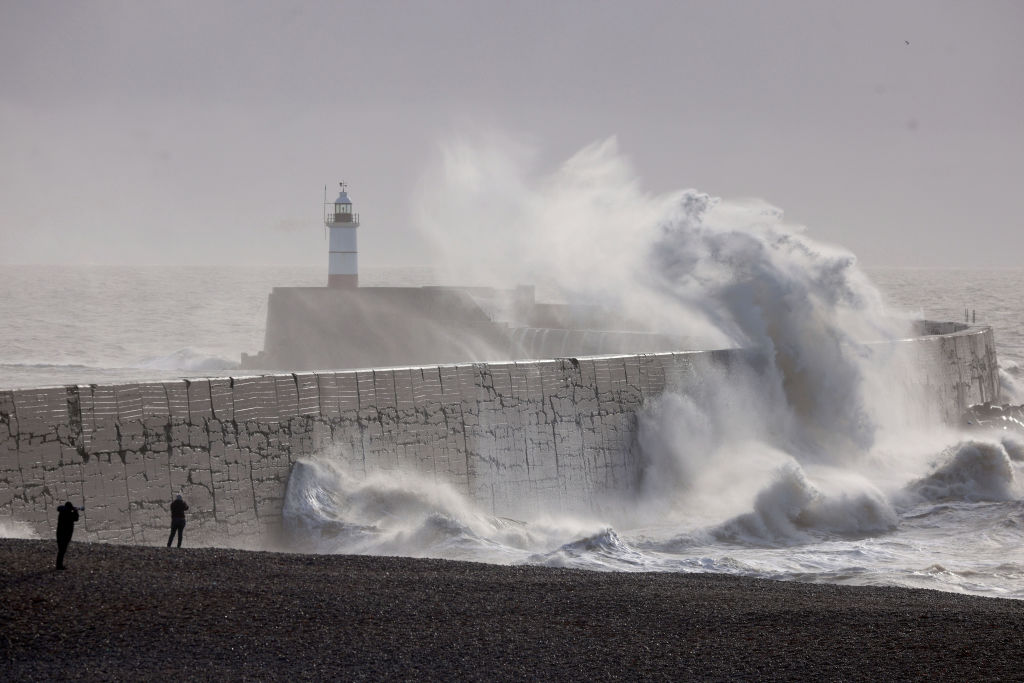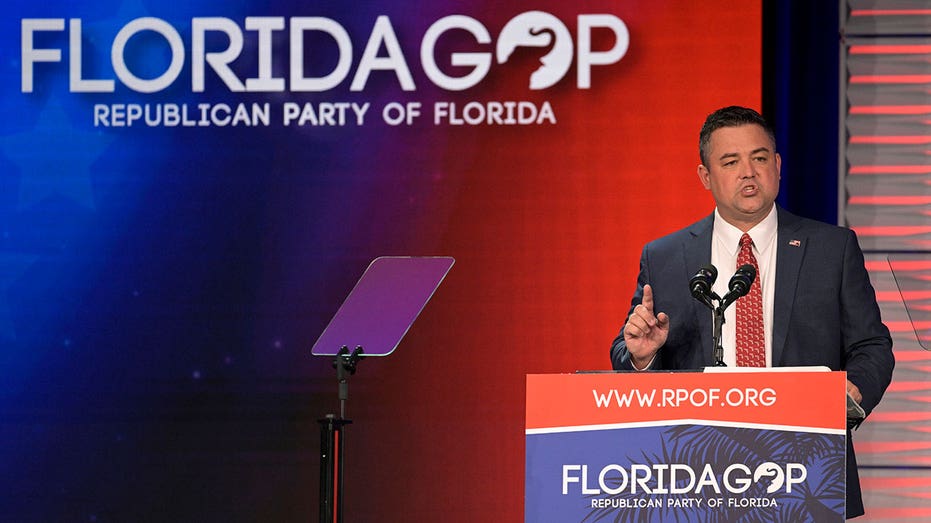Explainer-in-brief: The naming of storms and why we do it
Storm-naming alliances and first-half alphabet privilege - here's how storms in the UK get their names and why.


What’s in a name? As Storm Isha rages on – good luck if you had to brave Liverpool Street, the windiest place in the world – you may have posed this question. The naming of storms dates back centuries, though in the UK we’ve only been doing it since 2015, when the Met Office launched its Name our Storm project.
The reason for naming storms is, as you’d imagine, to make it easier to talk about them, but it’s not every rainy day that earns the right to celebrity. Names are bestowed based on whether the squall has the potential to cause disruption which could result in an amber or red warning, in accordance with Met guidelines. Usually this means storm’s require sufficient windpower to deserve a moniker, though the Met says rain and snow will also be considered as rights to a title.
The list of prescribed names is released every September, with choices made jointly by national weather offices in the UK, Ireland and the Netherlands, who together form the ‘western storm naming group’. Spain, Portugal, France, Belgium and Luxembourg have their own SW naming gang while sophisticates Norway, Sweden and Denmark also do their own nomenclature.
Think you could do a better job? Good news, you can. Suggestions from the public are considered and can be emailed to the Met Office.
Names are ordered alphabetically and aim “to reflect the diversity of the UK, Ireland and the Netherlands”, though Q, U, X, Y and Zs are blacklisted due to “US National Hurricane naming convention”, so no Storm Xaviers or Quintuses any time soon. Many of the fun letters may as well be condemned with them, with naming restarting from A every storm season, meaning the latter half half of the alphabet is usually left untouched – a shame with Storm Stuart and Storm Walid picked out for this year.
Storm Isha is the ninth storm of this season and marks only the second time the UK has reached letter I in the alphabet. It’s a huge leap from last year when only two storms earned named status, following six the year before. However, the Met has said there is no evidence of positive or negative trend in terms of windstorm number or intensity in relation with climate change, with windstorms naturally varying year to year.


